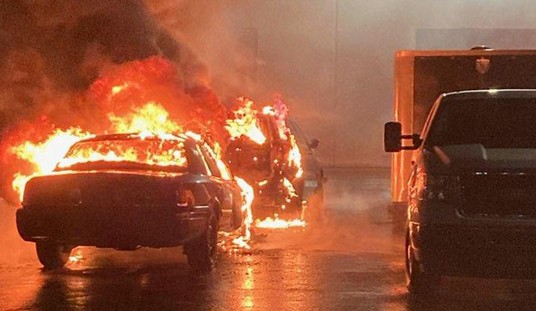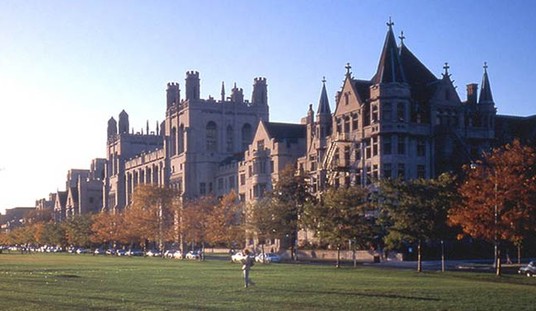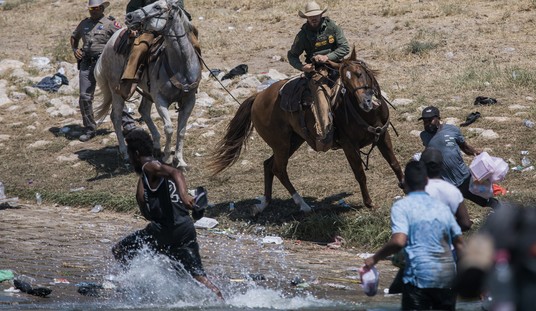After the massive quake in Japan yesterday, Pacific Ocean nations braced for the impact of potentially catastrophic tsunamis created by the 8.9-level initial shock and the large aftershocks that continue in the region. Countries began evacuating coastal areas and warned citizens not to venture near beaches. Fortunately, the damage and loss of life were limited, although tsunamis and flooding occurred as far south as Chile:
Despite the power of Japan’s biggest-ever quake that killed at least 1,300 people, the tsunami waves were relatively benign as they rolled into the Americas, causing only isolated flooding, and fears of a catastrophe proved unfounded.
The tsunami swept past Chile’s remote Easter Island in the South Pacific, generating swells but no major waves, and there was little impact when they made landfall on Chile’s coast.
But the sea later flooded as far as 330 feet inland in Dichato and Talcahuano, some 310 miles south of the capital Santiago and near the epicenter of the massive 8.8 magnitude quake that struck Chile in February 2010.
In the US, the damage was limited to the coast, as boats were smashed and docks damaged. One man is still missing:
About 35 boats and most of the harbor docks were damaged in Crescent City near the California border with Oregon, where waves were more than 6 feet. Santa Cruz south of San Francisco sustained about $2 million in damages to docks and vessels, emergency management officials said.
Rescue services were searching for a 25-year-old man who was swept out to sea while standing on a sandbar at the mouth of the Klamath River in California.
The port of Brookings-Harbor, the busiest recreation port on the Oregon coast, was largely destroyed, said operations manager Chris Cantwell. “Right now we are in the middle of a big mess,” he said. “The surge pulled some (boats) out to sea, about a dozen sank and we’ve got boats everywhere sitting on top of one another and all over the place.”
However, Japan faces much more dire consequences, and the tsunamis are secondary at the moment. Thanks to the explosion at the Fukushima Daiichi nuclear power plant, authorities will now distribute iodine to people in the vicinity of nuclear power plants to counteract potential radiation poisoning:
Japanese authorities have told the U.N.’s atomic watchdog they are making preparations to distribute iodine to people living near nuclear power plants affected by Friday’s earthquake, the Vienna-based agency said.
Iodine can be used to help protect the body from radioactive exposure.
In Japan on Saturday, radiation leaked from a damaged nuclear reactor after an explosion blew the roof off in the wake of the massive earthquake, but the government insisted that radiation levels were low.
Fortunately, the explosion did not expose the core:
Chief Cabinet Secretary Yukio Edano said there had been no major change in the level of radiation after the explosion because it did not occur inside the reactor container.
“The nuclear reaction facility is surrounded by a steel storage machine, which is then surrounded by a concrete building. This concrete building collapsed. We learnt that the storage machine inside did not explode,” he told a news conference.
Edano initially said an evacuation radius of 10 km (6 miles) from the stricken 40-year-old Daiichi 1 reactor plant in Fukushima prefecture was adequate, but then an hour later the boundary was extended to 20 km (13 miles). TV footage showed vapor rising from the plant, 240 km (150 miles) north of Tokyo.
We were very fortunate, but we should remember those who weren’t. The Salvation Army has already begun operations in Japan to provide assistance to the displaced. Be generous.







Join the conversation as a VIP Member